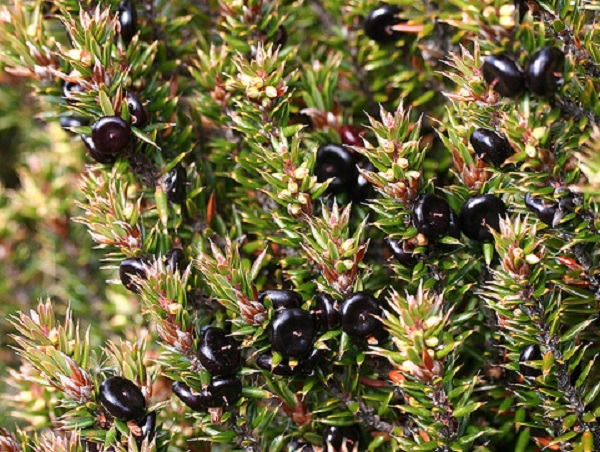Climbing hydrangea
(Planocarpa petiolaris)

Description
Planocarpa petiolaris is a species of flowering plant that belongs to the family of Ericaceae. It is commonly known as the Sierra plum or whiteleaf manzanita, and is native to the western United States, particularly in the Sierra Nevada mountain range. This species is a shrub that can grow up to 3 meters tall and can live for up to 200 years. Description Planocarpa petiolaris has a woody stem, with a smooth bark that ranges in color from grayish-brown to reddish-brown. Its leaves are evergreen, and are oval-shaped, with a glossy dark green upper surface and a lighter green underside. The leaf margin is serrated, with tiny teeth that are difficult to see without magnification. The leaves are approximately 3-6 cm long and 1.5-3 cm wide, and are arranged alternately along the stem. The flowers of Planocarpa petiolaris are small, pinkish-white, and bell-shaped. They grow in clusters of 5-15, and appear in late winter to early spring. The fruit is a small, red or black drupe that is about 1 cm in diameter. It is edible, and is consumed by birds and other wildlife. Habitat and Distribution Planocarpa petiolaris is found in the western United States, particularly in the Sierra Nevada mountain range in California. It grows in a variety of habitats, including chaparral, oak woodlands, and mixed conifer forests. It is a fire-adapted species, and is able to regenerate from root sprouts after a fire. Cultivation and Uses Planocarpa petiolaris is cultivated as an ornamental plant, and is valued for its attractive foliage and flowers. It is also used in habitat restoration and erosion control projects, as it is able to grow in a variety of soil types and is drought-tolerant. The fruit of Planocarpa petiolaris is edible, and was traditionally used by Native Americans as a food source. The berries were eaten fresh or dried, and were also used to make a cider-like beverage. Conservation Status Planocarpa petiolaris is considered a species of least concern by the International Union for Conservation of Nature (IUCN). However, it is threatened by habitat loss due to urbanization and agriculture, as well as by fire suppression practices that prevent the natural regeneration of the species. Conclusion Planocarpa petiolaris is a beautiful and resilient species of plant that is valued for its ornamental and ecological uses. Its ability to regenerate after fire makes it an important species in fire-adapted ecosystems, and its edible fruit has been used by humans for centuries. As with many plant species, conservation efforts are needed to protect its habitat and ensure its survival for future generations.
Taxonomic tree:







